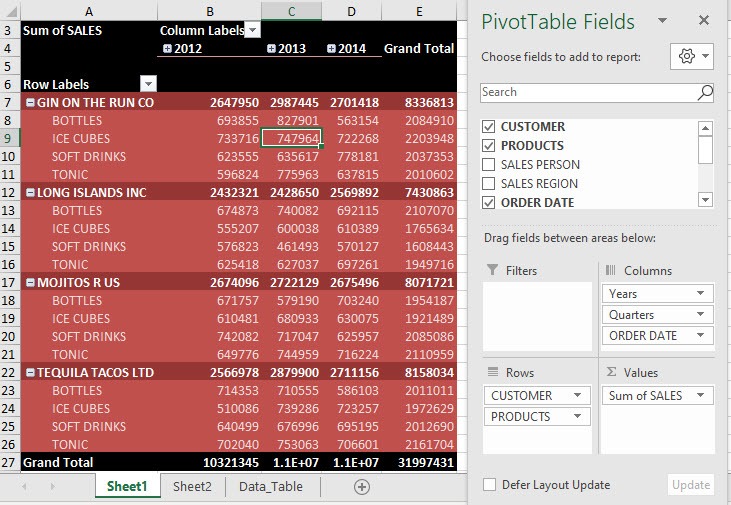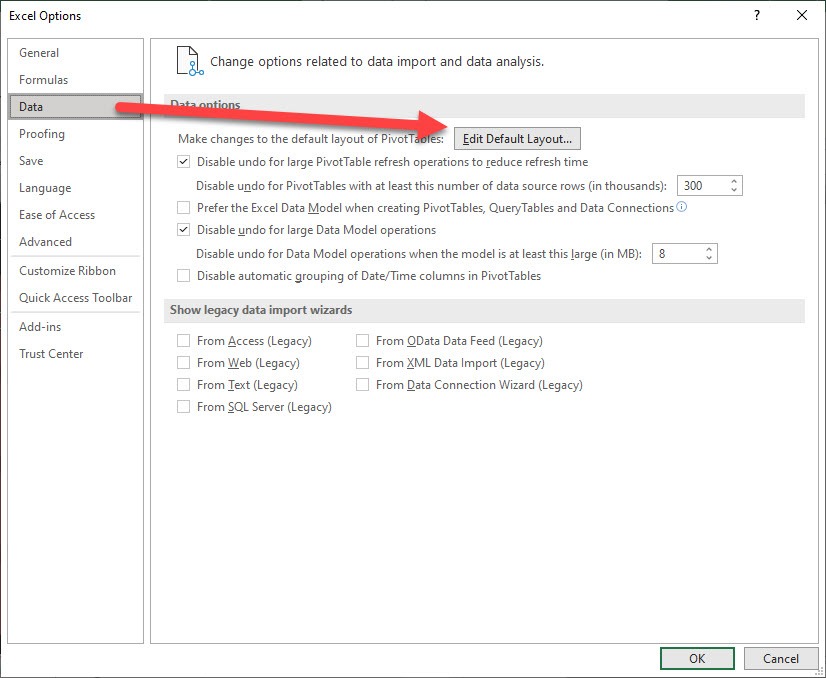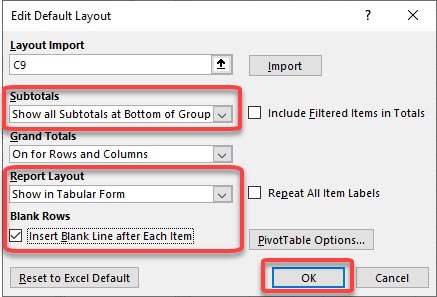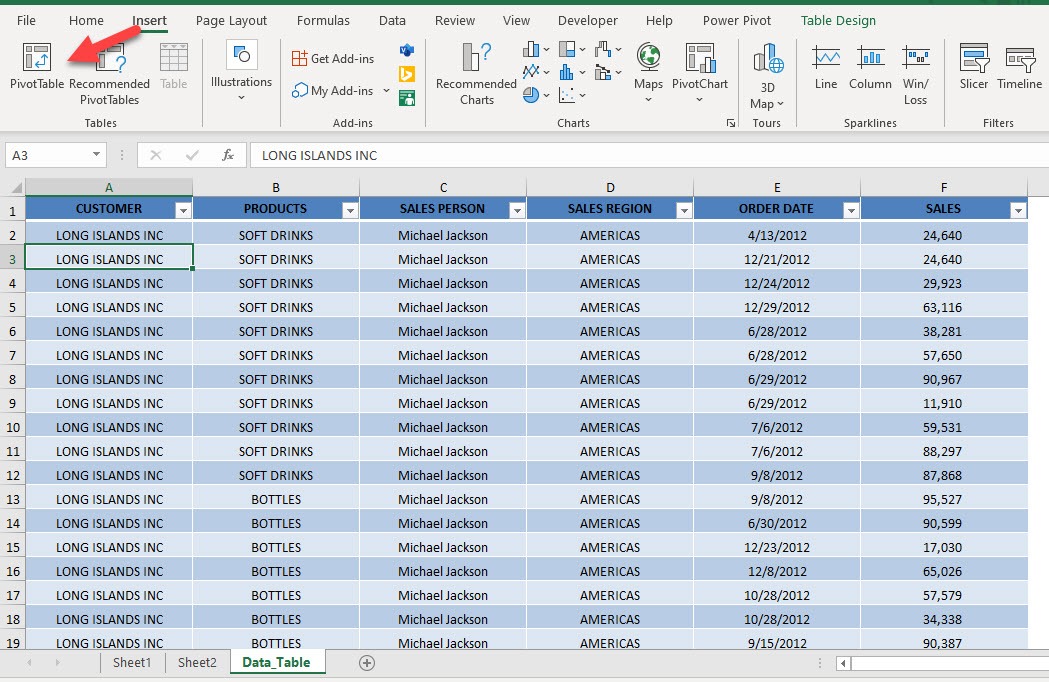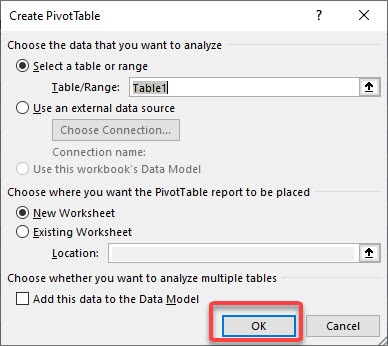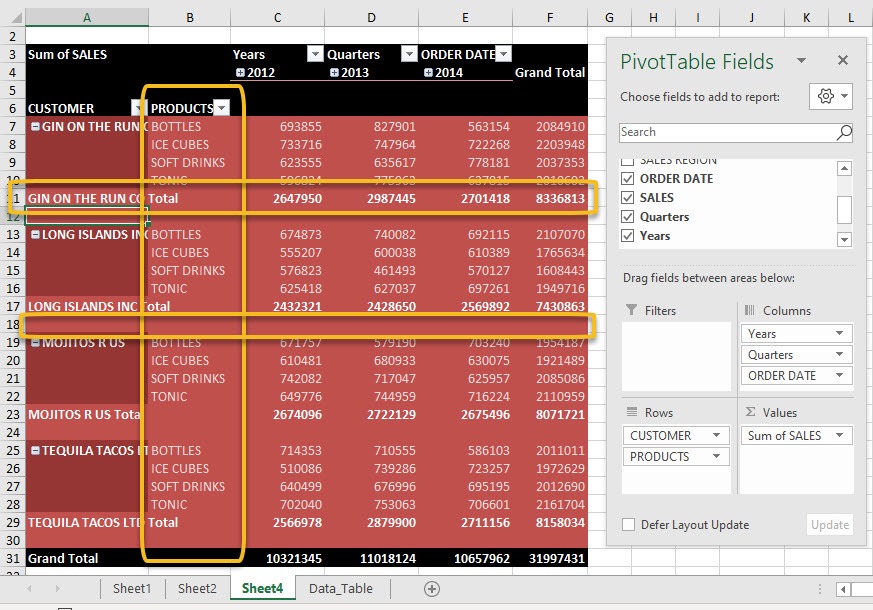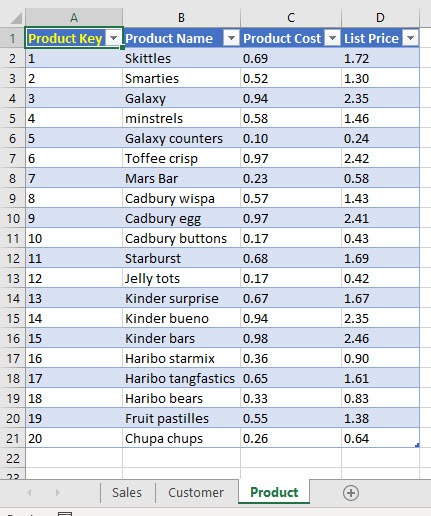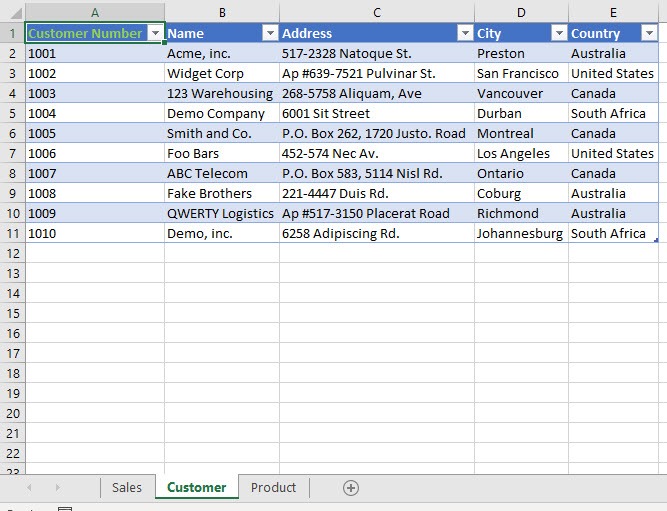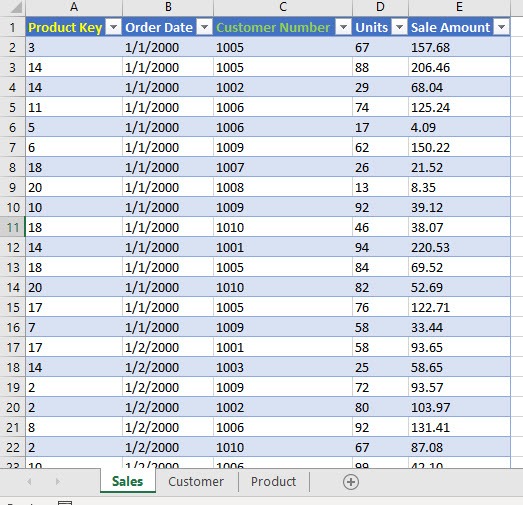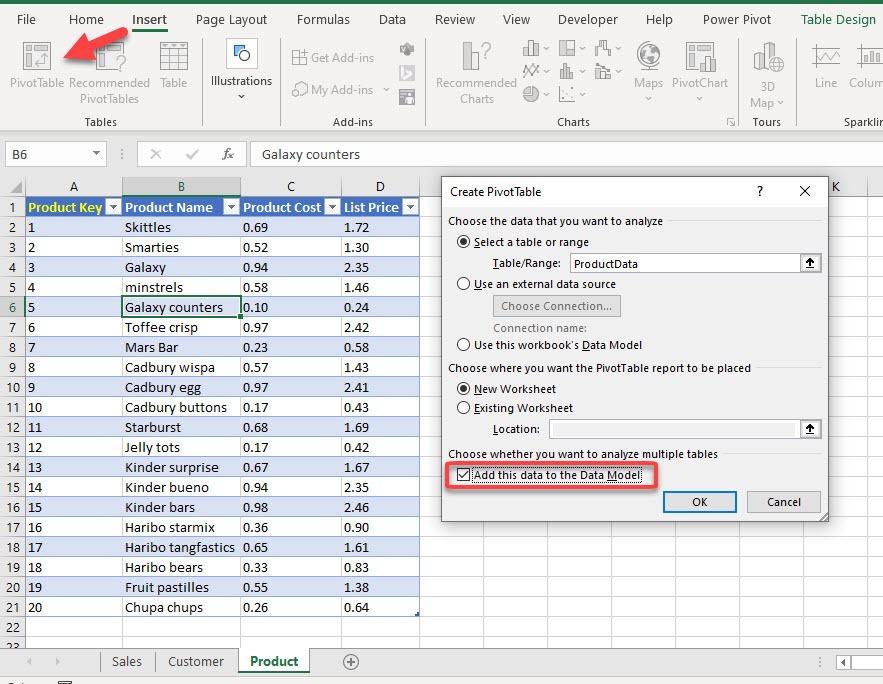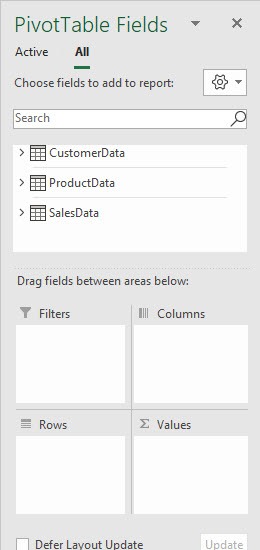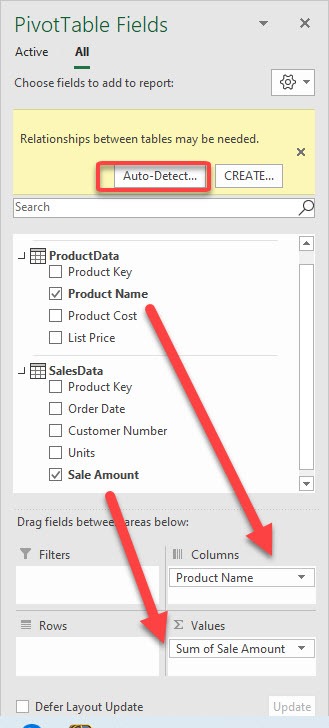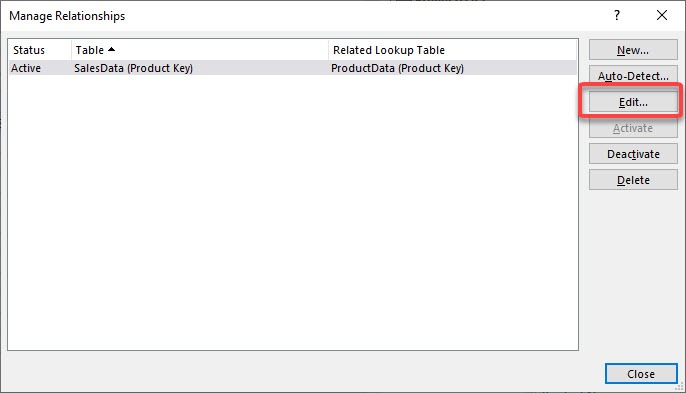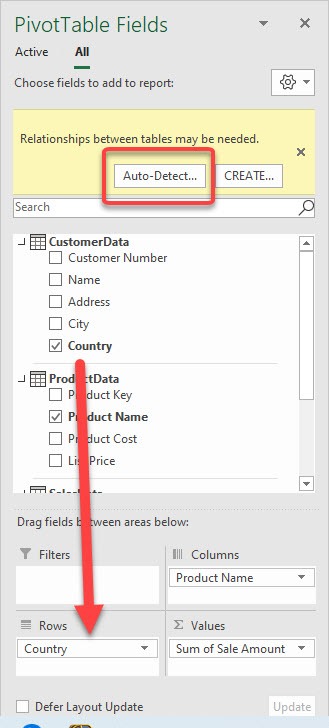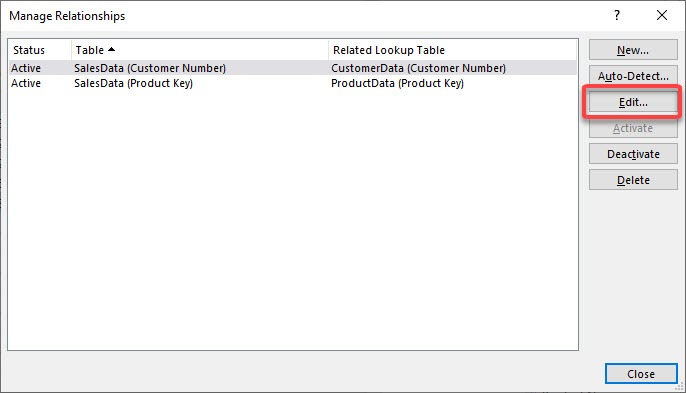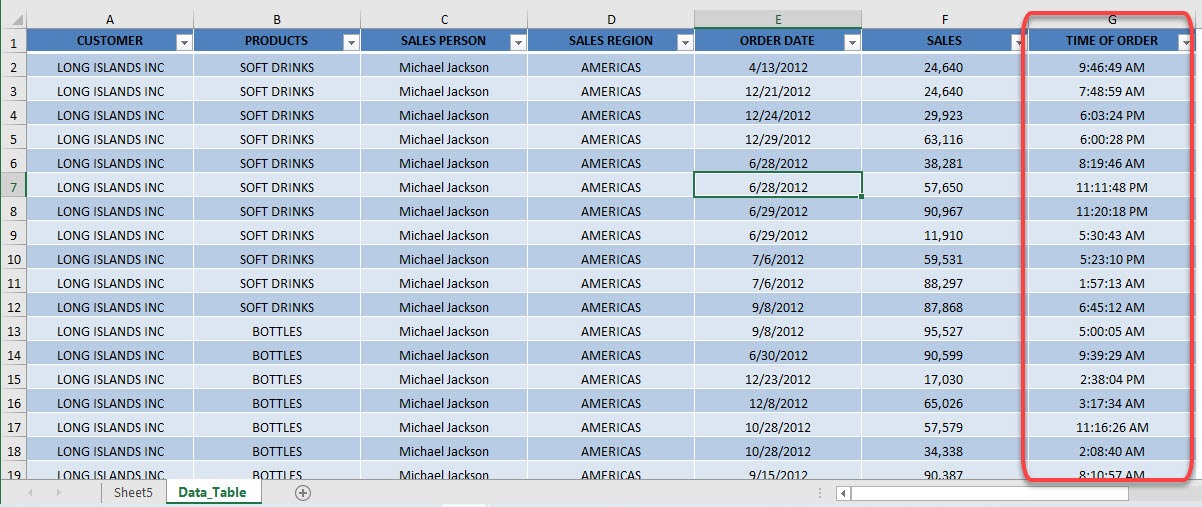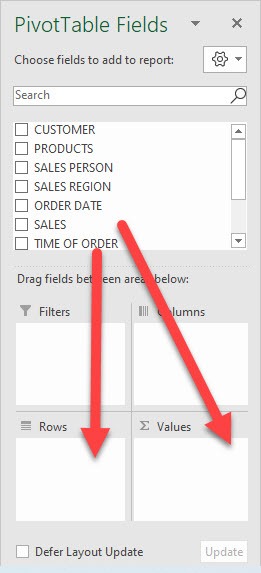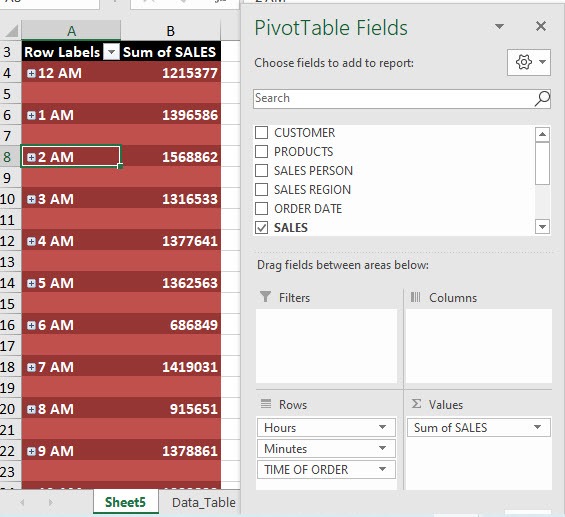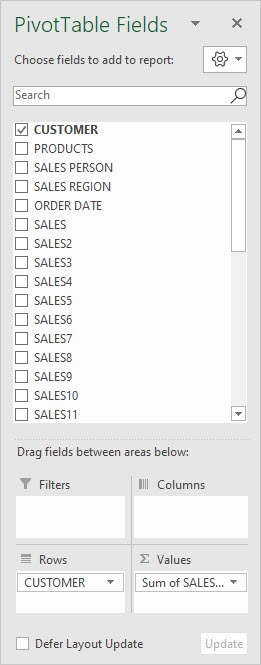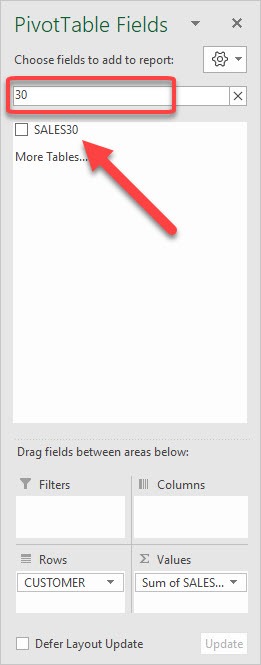The best thing with Pivot Tables is that more features are getting added with Excel updates. I will give you my top 4 picks on the new Pivot Table features that can be used in Excel 2019 and Office 365!
- Personalize the Default Pivot Table Layout
- Automatic Relationship detection
- Automatic Time Grouping
- Search In The Pivot Table Fields List
Key Takeaways:
-
Personalize the Default Pivot Table Layout – Set your preferred layout (Tabular, Compact, Outline) as the default to save time on every new Pivot Table.
-
Automatic Relationship Detection – Excel can now auto-detect relationships between tables in your data model, speeding up multi-table analysis.
-
Automatic Time Grouping – Date fields are automatically grouped into Years, Quarters, and Months, helping you analyze trends over time effortlessly.
-
Search in the Pivot Table Fields List – Use the built-in search box to quickly find fields in large data sets, improving workflow efficiency.
-
More Customization and Efficiency – Excel 2019 and Office 365 offer smarter defaults and responsive features that adapt to user habits.
Let us go over these features one by one!
Table of Contents
Personalize the Default Pivot Table Layout
This is the default pivot table layout. The cool thing is we can make changes to this so that all future pivot tables that you create will use that same layout.
STEP 1: Go to File > Options
STEP 2: Select Data > Data options > Edit Default Layout
STEP 3: Let us have some fun! Try out the following:
- Subtotals – Show all Subtotals at Bottom of Group
- Report Layout – Show in Tabular Form
- Blank Rows – Tick Insert Blank Line after Each Item
You can explore more options inside PivotTable Options. Click OK.
STEP 4: Let us insert a new Pivot Table to see our new default layout!
Open our data table. Go to Insert > Tables > PivotTable
STEP 5: Click OK
STEP 6: Setup the following:
- Columns – Order Date
- Rows – Customer, Products
- Values – Sales
And you will now see the new layout! Products column is in a separate column. The subtotals are now at the bottom of each group, and there is an empty row after each item!
Automatic Relationship detection
We have 3 data tables that are related to each other: Product, Customer and Sales
What connects these tables together are related columns, you will see the following:
- Product table – Product Key
- Customer table – Customer Number
- Sales table – Product Key, Customer Number
To better understand how the data model and relationships work for Pivot Tables, make sure to read this first.
STEP 1: The cool thing is once we add this to our data model, Excel is able to auto-detect the relationships when we work on the Pivot Table.
Select anywhere in one of our data tables. Go to Insert > Tables > PivotTable
Make sure Add this data to the Data Model is ticked. Click OK
STEP 2: You will see that all of the tables are added to the data model. Select All and you will see all 3 tables are listed there.
STEP 3: Let us see how Excel works its magic! Setup the following:
- Columns – Product Name
- Values – Sale Amount
Click Auto-Detect
STEP 4: Select Manage Relationships to see what was created automatically
Click Edit
STEP 5: This is cool as the relationship between Sales and Product tables is correct! Excel is able to link these tables together via the Product Key columns. Click OK.
STEP 6: Now setup the following:
- Rows – Country
Click Auto-Detect
STEP 7: Select Manage Relationships to see what was created automatically
Click Edit
STEP 8: This is cool as the relationship between Sales and Customer tables is correct! Excel is able to link these tables together via the Customer Number columns. Click OK.
Your Pivot Table is all setup thanks to the automatic creation of the relationships between the 3 tables.
Automatic Time Grouping
Have a look at our data table. You can see the Time of Order column. Once we create the Pivot Table, Excel is able to group by time periods automatically.
STEP 1: Let us setup the following:
- Rows – Time of Order
- Values – Sales
And just like that, our Sales amounts are grouped by the hour!
Search In The Pivot Table Fields List
Imagine if we have a lot of PivotTable Fields, there is a new feature that allows us to find it quickly. Making our Pivot Table setup a faster process.
Here is our field list:
STEP 1: Let us say we want to get the SALES30 field. Just type in 30 in the search box and you have the field right away!
Frequently Asked Questions
How do I set a default Pivot Table layout in Excel 2019 or Office 365?
Go to File > Options > Data, and under PivotTable Defaults, choose your preferred layout and options.
What is automatic relationship detection?
When you add multiple tables to the data model, Excel can automatically detect and create relationships based on matching columns.
How does automatic time grouping help me?
It organizes your date fields into time-based groups like Year and Month, making it easier to build time-related reports without manual steps.
Can I turn off automatic grouping of dates in Pivot Tables?
Yes, go to File > Options > Data, and uncheck Group dates in the AutoFilter menu.
Where is the search box in the Pivot Table Fields List?
At the top of the Pivot Table Fields pane, there’s a search bar where you can type to locate fields quickly.

Bryan
Bryan Hong is an IT Software Developer for more than 10 years and has the following certifications: Microsoft Certified Professional Developer (MCPD): Web Developer, Microsoft Certified Technology Specialist (MCTS): Windows Applications, Microsoft Certified Systems Engineer (MCSE) and Microsoft Certified Systems Administrator (MCSA).
He is also an Amazon #1 bestselling author of 4 Microsoft Excel books and a teacher of Microsoft Excel & Office at the MyExecelOnline Academy Online Course.
